How IoT is Transforming the Railways?
Table Of Content
Published Date :
05 Feb 2025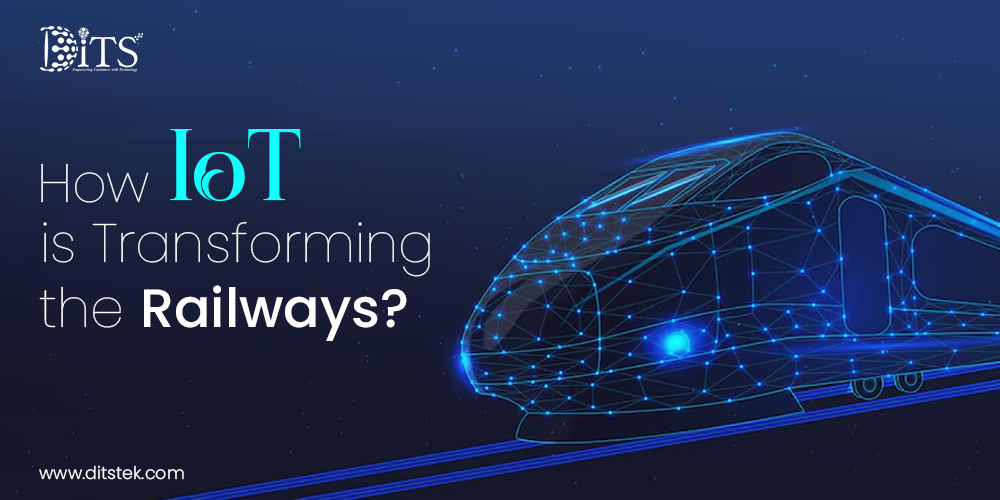
Railway has been the backbone of transport for a number of years connecting people, goods and economies across vast distances. At the same time, legacy railway systems have failed to catch up with modern technologies and faced many challenges including maintenance delays, safety issues, and operational inefficiencies. As these issues arise, the IoT comes to the rescue and offers unprecedented opportunities to modernize and optimize railway operations.
The Internet of Things is a network of devices (from tiny sensors to "smart" machines) that are equipped with the sensors, software, and network connectivity required to collect and share data. When it comes to the railway industry, IoT technologies are the key to unlocking new potentials and changing the face of every aspect of it, ranging from track maintenance to passenger experience.
In this article, we will focus on the influence of IoT on rail transportation through discussing their applications in safety enhancement, maintenance optimization, asset management improvement and passenger experience upgrade.
IoT in Railways Market Size
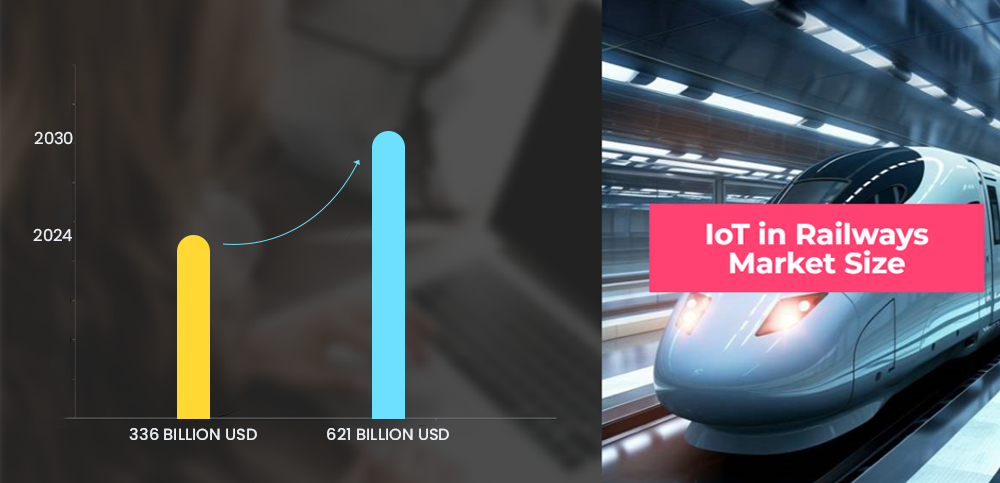
- The Internet of Things (IoT) in Railways market is expected to grow at a CAGR of 9.1%, reaching $50.58 billion by the end of 2030. As the modern railway industry increasingly uses internet-connected technologies to improve safety, efficiency, and the passenger experience, the demand for IoT in the railways market is expected to grow significantly.
- Leading players in the smart railways industry include Alstom, Cisco, Wabtec, ABB, IBM, Hitachi, Huawei, Indra Sistemas, Siemens, and Honeywell.
- In July 2023, over 4,000 European organizations focused on IoT. The Internet of Things received over nine billion USD during the period under consideration.
- By 2030, the global IoT market is expected to have quadrupled its revenue from 336 billion USD in 2024 to over 621 billion USD. The number of IoT devices is expected to triple globally during this time.
How Does IoT Solve Traditional Challenges of Railways?
IoT is revolutionizing the railway industry by solving traditional challenges and enhancing operational efficiency. Below, we’ll dive into how IoT addresses key issues such as visibility and security, asset management, real-time location tracking, and rail safety.
1. Visibility Challenges in Railroads
Traditional Challenge: Rail operators have traditionally struggled with limited visibility into the status and location of trains, especially in remote areas or along complex rail networks. This lack of real-time data can lead to delays, miscommunication, and security vulnerabilities, as operators can't effectively monitor the entire system.
How IoT Can Help: IoT enables real-time monitoring by integrating sensors and communication devices across the rail network. These sensors track train locations, track conditions, and infrastructure status, providing operators with a comprehensive view of the entire system. IoT solutions offer greater visibility into train operations, improving coordination and ensuring more secure, efficient travel. Enhanced security features, such as surveillance and threat detection, are also incorporated, further reducing risks.
2. Asset Management
Traditional Challenge: Managing assets like trains, tracks, and infrastructure has traditionally been difficult, especially when trying to ensure their proper functioning and maintenance. Manual inspections and outdated systems often lead to unforeseen failures and costly repairs due to delayed or missed maintenance.
How IoT Can Help: IoT-driven asset management solutions provide real-time insights into the condition and usage of railway assets. Smart sensors embedded in trains and infrastructure continuously monitor performance, wear and tear, and environmental factors. This data enables predictive maintenance, allowing operators to schedule repairs before failures occur, maximizing asset lifespan, and reducing costs associated with unexpected breakdowns or downtime.
3. Real-Time Location Tracking
Traditional Challenge: One of the most pressing challenges for railways is accurately tracking trains and cargo in real-time. Without reliable location data, it's difficult to optimize schedules, manage fleet operations, and keep passengers informed about delays or changes.
How IoT Can Help: IoT enables precise real-time location tracking through GPS and RFID technologies. By equipping trains and cargo with IoT-enabled tracking devices, operators can access up-to-the-minute data on train locations, schedules, and potential delays. This not only helps improve operational efficiency but also provides passengers with live updates on train arrivals and statuses, enhancing the travel experience.
4. Rail Safety
Traditional Challenge: Safety has always been a major concern in the railway industry, with risks such as track malfunctions, mechanical failures, and weather-related hazards leading to accidents. Traditional safety monitoring systems are often reactive rather than proactive, leading to delayed responses and higher risk of incidents.
How IoT Can Help: IoT improves rail safety by providing continuous monitoring of both trains and track conditions. Sensors detect abnormal vibrations, temperature changes, and wear patterns in real-time, allowing for early identification of potential hazards like rail fractures or mechanical failures. IoT systems can even trigger automated alerts or stop trains in emergency situations, reducing the risk of accidents and enhancing safety across the network.
5. Predictive Maintenance
Traditional Challenge: Traditional maintenance practices often rely on scheduled inspections or reactive repairs, which can result in unexpected breakdowns, longer downtime, and higher costs. Proactive maintenance is difficult to implement without sufficient data.
How IoT Can Help: By embedding sensors into train components and infrastructure, IoT systems provide continuous data on the condition of parts. Through advanced data analytics and machine learning, IoT can predict when specific components are likely to fail, enabling operators to perform maintenance before problems arise. This reduces unplanned downtime, enhances reliability, and lowers overall maintenance costs.
6. Optimizing Fuel Consumption
Traditional Challenge: Fuel consumption in rail transport is a significant operational cost, and traditional systems often don't optimize for fuel efficiency. External factors like weather, terrain, and train load are not always accounted for in real-time.
How IoT Can Help: IoT solutions help optimize fuel consumption by monitoring factors like speed, engine performance, train weight, and external conditions in real-time. Data from IoT sensors can be used to recommend the most efficient routes, speeds, and driving strategies, thereby reducing fuel usage, cutting operational costs, and lowering carbon emissions.
7. Improving Passenger Experience
Traditional Challenge: Providing a seamless passenger experience has been a challenge due to factors like inconsistent schedules, poor communication, and overcrowded trains. Passengers often have limited access to real-time information, leaving them frustrated by delays and uncertainty.
How IoT Can Help: IoT enhances the passenger experience by offering real-time updates on train schedules, delays, and seat availability. IoT systems can monitor crowd density, helping to manage passenger flow and avoid congestion. Onboard, IoT technologies optimize Wi-Fi connectivity, entertainment options, and climate control for a more comfortable and enjoyable journey. Passengers benefit from enhanced communication and a smoother, more predictable travel experience.
These solutions are transforming traditional challenges into opportunities for the railway industry to operate more efficiently, safely, and sustainably.
IoT Use Cases in Railways
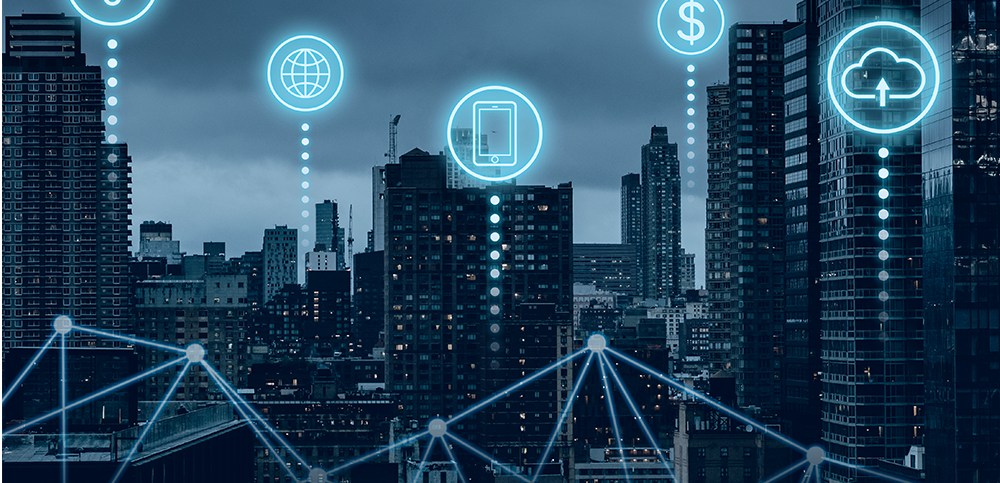
The Internet of Things (IoT) is transforming the railway industry in many ways. Here are some of the many ways:
1. Predictive Maintenance
Internet of Things-powered railways use sensors on trains and tracks to measure vibration, speed, and temperature. This data allows predictive maintenance scheduling to identify issues before they cause delays or derailments. IoT-integrated maintenance practices reduce downtime and repair costs, improving operational efficiency.
2. Asset Tracking
The railway network handles a diverse range of assets daily, from equipment and tracks to passenger luggage. To ensure optimal safety and efficiency, it's essential to have real-time information on all assets. By harnessing the power of computer vision and IoT, companies can streamline operations, enhance efficiency, and reduce the dwell time of stationary locomotives.
3. Controlled Air Quality
With the help of IoT, railway operators can improve environmental awareness, passenger safety, and sustainable transportation by installing IoT-based air quality monitoring systems.
For instance, air quality sensors could be next to the tracks measuring train emissions. The sensors would pass that information, either over the terrestrial or satellite network, to the environmental agency monitoring air quality or the train operators to report and analyze the environmental impact.
4. Safety Sensors
The top priority for operators is ensuring the safety of railway personnel and passengers. Installing safety sensors throughout the entire railway is a crucial step that railway operators can take to enhance the safety of rail travel for all passengers.
Safety sensors on train parts like brakes and wheels can alert operators of problems. Computer vision solutions can enable platforms and trains to have automated and safe screen door systems. These systems can also detect when passengers fall.
Ready to transform your ideas into reality?
With our expertise and innovative approach, we'll work closely with you to create cutting-edge IoT solutions that drive your business forward.
5. Enhanced Safety
Safety is paramount in rail operations, and the IoT helps achieve this. Internet-connected systems can monitor tracks, switches, and signals for proper operation. Real-time alerts allow operators to react quickly and avoid accidents. In addition, the Internet of Things can help trains follow safety regulations like speed limits, reducing accidents.
6. Passenger Flow
Analytical tools allow operators to track trains across networks. The Internet of Things (IoT) helps some businesses track passengers, including those waiting at stations and in coaches, and when they peak. With this data, train schedules can better reflect commuter habits. Weather prediction models can help IoT operators choose weather-appropriate routes.
7. Automation
An advanced automation system is being developed to monitor train schedules, collect fares, and track passenger counts in real time, aiming to deliver exceptional service. On the other hand, improving coordination between different locations and systems due to the connectivity between railway infrastructure, board trains, and operations makes achieving minimal supervision possible.
8. Monitored Ambient Conditions
The railway network earns more from customers spending at cafes, bookstores, and other businesses as they spend more time at stations.
The Internet of Things (IoT) holds the key to providing comfort. With interconnected IoT sensors, appliances like heaters, fans, lights, and air conditioners can efficiently work together to maintain temperature and humidity, and their sensors can quickly fix any issues.
Benefits of IoT Applications in Railways
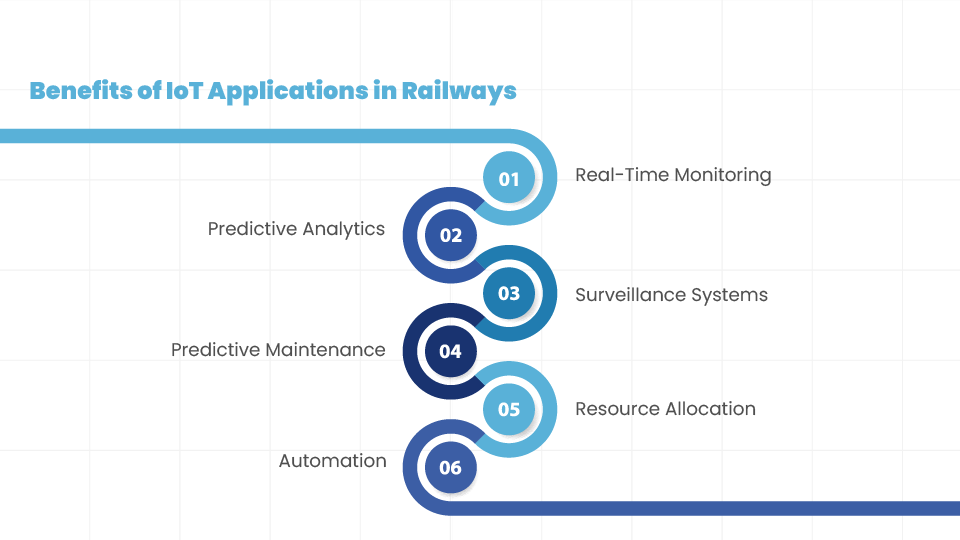
Here are the benefits of IoT applications in Railways:
- Real-Time Monitoring: IoT sensors, deployed on the railway track and in the trains, monitor critical parameters like track condition, speed, and train equipment health, among others. This real time monitoring assists operators to observe any errors or safety hazards and address them quickly.
- Predictive Analytics: Through the use of the data from the Internet of Things, the predictive analytics algorithms can foresee future risks and threats to security and personnel before they become emergencies. As an example, predictive avoidance algorithms may point out parts with high risk to fail caused by their performance, and then operators may take proactive steps to prevent their accidental failure.
- Surveillance Systems: IoT sensors, sensor cameras, and sensor-enhanced cable monitoring offer security services by ensuring round-the-clock surveillance of railway plants and structures. These technologies can detect trespassing, unauthorized access, and suspicious actions, which will help prevent vandalism, theft, and other security threats.
- Predictive Maintenance: With IoT, sensors embedded in rolling stock and infrastructure such as doors, railroads, and switches gather data on various performance indicators like vibration, temperature, and other metrics. This data is then analyzed to predict when maintenance interventions are needed, empowering operators to schedule maintenance proactively and significantly reducing the likelihood of breakdowns or failures.
- Resource Allocation: An IoT-based asset tracking and monitoring system allows railway operators to gain information on where and in what condition the railway-owned assets are. With this visibility, maintenance resources are efficiently allocated, meaning the critical components receive timely attention and minimize idle time and unnecessary inspections.
- Automation: IoT facilitates the automation of repetitive duties like ticketing, scheduling passengers information dissemination. Automated systems minimize manual processes, also suppressing human errors, and at the same time increase railway operations’ performance.
Also Read: Top IoT Based Business Ideas & Opportunities
Next-Gen Technologies To Combine With IoT In Railway

Let's delve into the potential of the railway industry to embrace cutting-edge technology and harness the power of the Internet of Things (IoT).
1. Automation and Connectivity
The key to enhancing the rail network's overall efficiency is the seamless integration of IoT with next-gen technologies like automation. This not only amplifies efficiency but also directly contributes to passenger satisfaction. Advanced automation systems, which monitor passenger numbers, collect fares, and manage train schedules in real-time, are the bedrock of this assurance. As a result, operational processes are streamlined, leading to an elevated passenger travel experience and reassuring the audience about the positive impact of technology.
2. Sensor Technology
Sensor technology is pivotal in network upkeep and safety in connected trains and the Internet of Things. By leveraging these sensors, businesses can detect when infrastructure and equipment are not functioning optimally. This early detection allows the maintenance crew to address issues before they escalate into disruptions or accidents. Sensor technology enables proactive and preventive railway system maintenance, significantly enhancing safety and reliability.
3. Cloud Computing
Cloud-based Internet of Things solutions store massive data sets safely and expandably for railway systems. Deploying servers to the cloud reduces hacking and failure risk. Since cloud computing and IoT have merged, companies can access their data anywhere. Scalability lets companies add storage as needed, making railway infrastructure more flexible and adaptable.
4. Data Analytics
The railway industry can gain operational insights from AI-powered data analytics. Rail operators analyze sensor data to identify usage and performance trends. Decision-makers can use this data to determine which routes are underutilized and may be closed or which services need more capacity during rush hour. Data analytics is essential for optimizing and streamlining railway operations to improve efficiency and responsiveness.
Unlock the potential of IoT for your business.
Let's collaborate to harness the power of IoT technology and propel your business forward.
Examples Of IoT Applications In Railways
Here are some of the many examples of Iot applications in railways:
1. Network Rail’s Intelligent Infrastructure Programme
The program uses the Internet of Things to replace manual maintenance schedules and planning with a machine-based "predict and prevent" approach. It does this by collecting and analyzing data of Network Rail's assets across its 20,000-mile network. Thus, the company can track real-time asset location, performance, degradation, and failure points.
2. East Japan Railway Company
Schedule-based maintenance (SBM) was formerly the company's standard procedure for rail repair. By utilizing analytics and the Internet of Things (IoT), smart railways can track the system's current state in real time and generate usage patterns, replacing the previous method with a new "condition-based maintenance" mechanism.
3. VicTrack
With the help of Internet of Things (IoT) sensors, the Victorian government set up VicTrack to remotely monitor priority bridges using IoT sensors. The method relies on Internet of Things (IoT) railway solutions to link sensors that quantify and estimate thermal response, corrosion, bending, vibration, structural strain, and loads; this in turn reduces disruptions.
How Can We Help With Our IoT Services?
At DITS, we are excited about the future where the Internet of Things (IoT) revolutionizes Industry 4.0 and smart cities, transforming the technology landscape.
With the help of cutting-edge sensor technology and advanced data analytics, our team specializes in creating intelligent networks through our IoT development services.
Get in touch with us today to discover the full range of our Internet of Things solutions.
FAQ
What is IoT in railways?
Internet of Things (IoT) in rail refers to the linking of sensors in rail cars, tracks, and platforms. Through the rail network's interconnected assets, companies can enhance customer experience and optimize maintenance operations, enabling real-time monitoring of the entire ecosystem.
What is the role of IoT in the railway industry?
The Internet of Things (IoT) has many rail industry applications, including—
- Controlling security and safety concerns
- Monitoring the system
- Energy management for train operational cost control
- Tracking assets
- Predictive maintenance
How can IoT help railways?
The railway industry can greatly benefit from the implementation of the Internet of Things (IoT). It offers a wide range of practical uses, such as managing crowd control, minimizing downtime and delays, enhancing safety measures, and providing passengers with an improved overall experience. Exploring the intricacies of how the Internet of Things is revolutionizing railways, this technology is empowering the industry to enhance security, prioritize customer needs, and make accurate predictions with the help of interconnected sensors.
What are the benefits of predictive maintenance in railways?
Predictive maintenance in railways reduces unexpected breakdowns by identifying potential issues before they occur, leading to cost savings and increased system reliability. It also minimizes downtime, optimizes asset utilization, and enhances safety across the network.
Which countries are leading in the adoption of smart railway technologies?
Countries like Japan, Germany, and the United Kingdom are leading in the adoption of smart railway technologies. They utilize advanced IoT, AI, and predictive maintenance systems to enhance efficiency, safety, and overall passenger experience.

Dinesh Thakur
21+ years of IT software development experience in different domains like Business Automation, Healthcare, Retail, Workflow automation, Transportation and logistics, Compliance, Risk Mitigation, POS, etc. Hands-on experience in dealing with overseas clients and providing them with an apt solution to their business needs.
Recent Posts

Have you ever wondered how does smart parking system work? This blog explains the working of smart city parking solutions, and how it helps drivers, and parking facilities find and manage parking spaces.
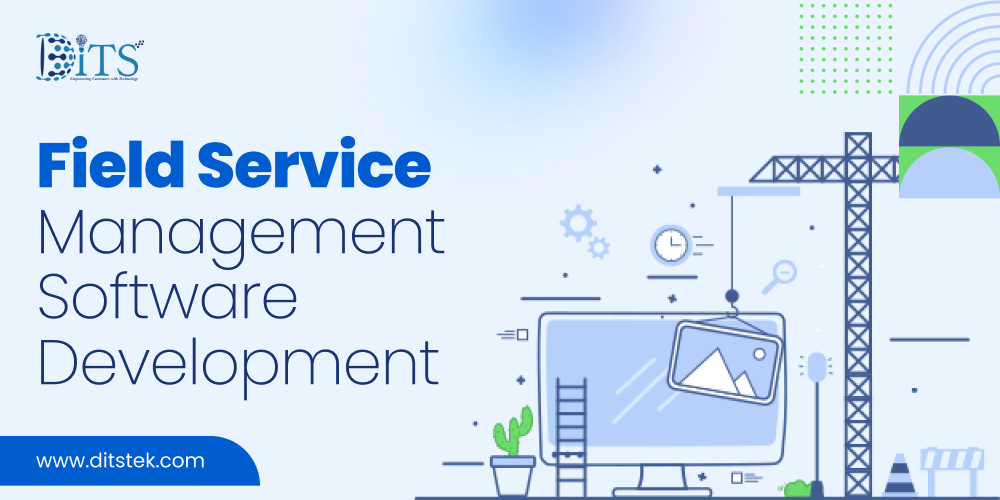
Field Service Management Software Development enables faster dispatch, smarter scheduling, real-time tracking, and improved service efficiency across operations.
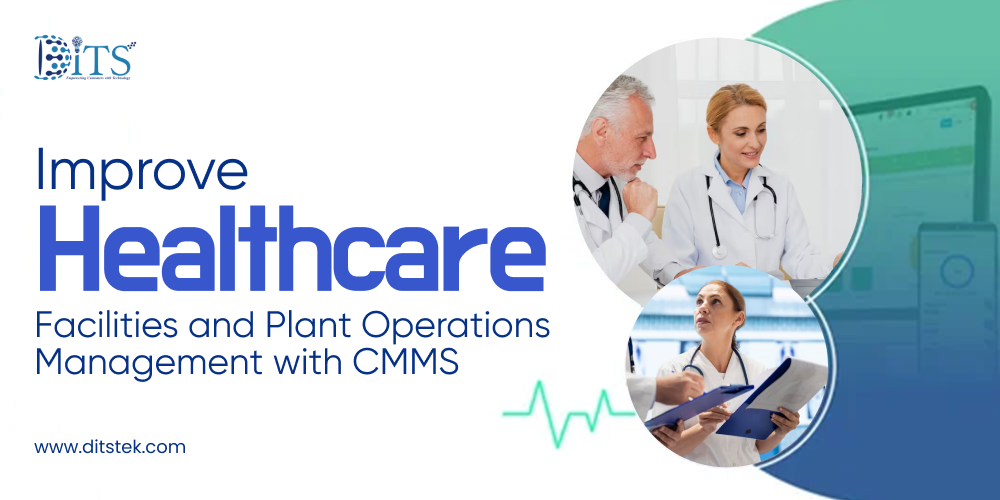
How to improve healthcare facilities and plant operations management with CMMS? Read our blog to know in detail.
